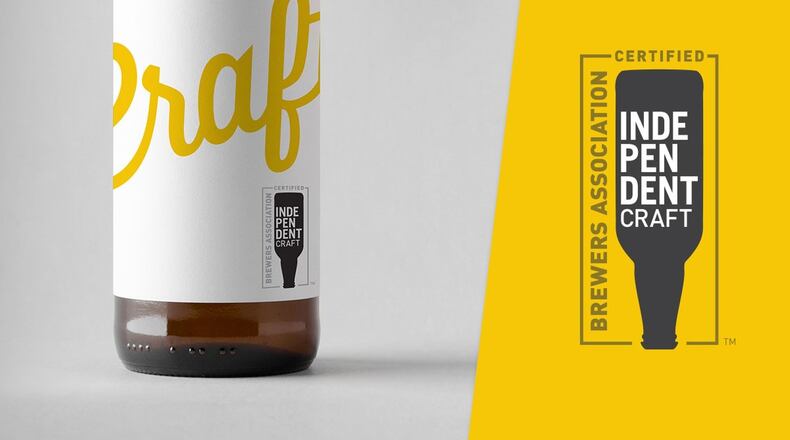“Who really owns the beer you’re buying?”
That's the big question the Brewers Association (BA) asked in late June, when it launched its seal for independent brewers.
Part of a branding program aimed at giving consumers an easier way to distinguish between “craft beer”and “big beer,” it was the latest volley in an ongoing cold war that heated up to the boiling point in 2017, following news of the sale of Asheville’s Wicked Weed to AB-InBev.
In case you missed it, the once-beloved small producer of sour and barrel-aged beers almost immediately lost voting rights in the Asheville Craft Brewers Guild.
Soon after, it was dropped from collaborations with once-friendly independent breweries, and booted from craft beer bars like the Brick Store Pub in Atlanta.
Wicked Weed is among the brands grouped in AB-InBev’s the High End portfolio, which includes such similar acquisitions as Colorado’s Breckenridge and Illinois’ Goose Island.
Oddly, though, previous craft brewery deals, including Constellation Brands buying out California's Ballast Point, and MillerCoors taking a majority interest in Georgia's Terrapin, didn't seem to spark the ire of craft beer drinkers the way Wicked Weed did.
Which brings us back to the BA — the self-described “not-for-profit trade group dedicated to promoting and protecting America’s small and independent craft brewers” — and its seal.
Apparently, the BA is so committed to the concept that it’s not even requiring membership in the association, and is licensing the use of the symbol free of charge to qualified breweries for any and all advertising and packaging.
But you might be surprised to find out what the BA considers a qualified craft brewery, and how the definition has changed over the years, particularly in terms of beer produced.
For the BA, small means an “annual production of 6 million barrels of beer or less.” Independent means “less than 25 percent of the craft brewery is owned or controlled (or equivalent economic interest) by an alcohol industry member that is not itself a craft brewer.”
To put that in context, in 2010, the BA upped the number of barrels from 2 million to 6 million to accommodate the growth of publicly traded Boston Beer Co. and its Samuel Adams brand.
By comparison, Wicked Weed produced about 22,000 barrels in 2016, and was expected to produce about 40,000 barrels in 2017, according to the industry newsletter Beer Marketer’s Insights.
Of course, size and capacity are only part of the story when small, independent craft brewers talk about the problems they have competing with big beer.
Many vehemently point out that AB-InBev and the other mega beer corporations are ruthless, even mean competitors, commandeering tap handles and shelf space, lobbying against craft beer legislation that would level the playing field, and limiting craft brewers’ access to raw materials, including specialty hops.
I believe them. I believe those things are wrong and often even illegal. And I believe more should be done to put a stop to it — even if some bigger craft breweries do some of the same things, too.
That said, I tend to see the beer business in the larger context of globalism and monopoly capitalism — though that’s something that’s barely acknowledged in discussions that tend to cast “craft” vs. “crafty” beer as good vs. evil.
If you want to delve further into that complicated realm, and understand how the brewing industry's embrace of globalism and mergers destroyed iconic American companies and propped up portfolios of bland beer, go to Amazon and download a copy of "The Beer Monopoly" by Ina Verstl and Ernst Faltermeier.
The two economists lay out the history, the players and the Byzantine goings on that led to AB-InBev’s takeover of SABMiller, and how, respectively, Heineken and Carlsberg came to be the No. 2 and No. 3 brewers in the world.
Spoiler alert: Like me, Verstl and Faltermeier think craft brewers will continue to be “cultural disrupters” in the global market, and that “real personalities” can still win out over “brand personalities” in local markets.
Related
Explore where to eat in Atlanta with the AJC’s Spring Dining Guide
Read more stories like this by liking Atlanta Restaurant Scene on Facebook, following@ATLDiningNews on Twitter and @ajcdining on Instagram.
About the Author
The Latest
Featured

